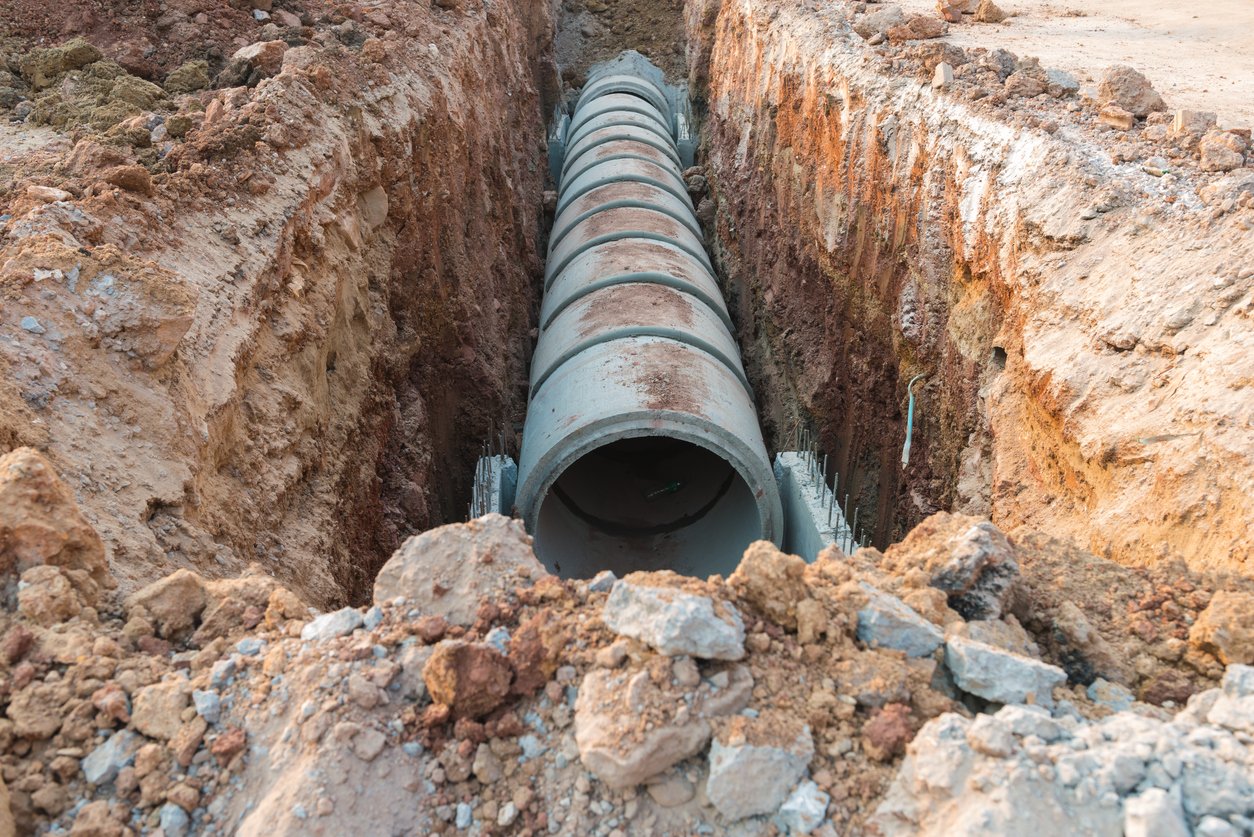How Sewer Lines Work
In the modern world, where infrastructure is often taken for granted, few systems are as vital yet overlooked as sewer lines. Beneath our streets lie intricate networks of pipes that efficiently whisk away wastewater from our homes and businesses. But how exactly do sewer lines work, and why are they so crucial to our daily lives? Let's delve into the world beneath our feet to uncover the inner workings of sewer systems.
The Basics of Sewer Lines
Sewer lines are part of a larger system designed to collect and transport wastewater away from homes, businesses, and industrial facilities. This wastewater includes everything that goes down drains and toilets, from household sewage to industrial effluent. The main components of a typical sewer system include:
Collection Pipes: These are the pipes that connect individual buildings to the main sewer line. They collect wastewater from sinks, showers, toilets, and other drains within the building and channel it towards the sewer main.
Sewer Main: Also known as trunk lines or interceptors, sewer mains are large pipes that collect wastewater from multiple collection pipes and transport it to treatment facilities or disposal points.
Treatment Facilities: Wastewater treatment plants are where the collected sewage undergoes various processes to remove contaminants and pollutants before being discharged back into the environment.
How Sewer Lines Work
The operation of sewer lines is relatively straightforward, relying on gravity and the principles of fluid dynamics to transport wastewater efficiently. Here's a simplified overview of how sewer lines work:
Gravity Flow: Gravity plays a significant role in sewer systems, as wastewater naturally flows downhill due to gravity. Sewer lines are designed with a slight slope to facilitate the movement of wastewater towards treatment facilities or disposal points.
Gravity vs. Pumping: In some cases, such as in low-lying areas or areas with challenging terrain, gravity alone may not be sufficient to transport wastewater. In such instances, pumping stations are installed along the sewer line to lift the wastewater to a higher elevation where gravity can take over again.
Separation of Flows: Sewer lines typically handle two types of flows: sanitary flow (from toilets, sinks, and showers) and stormwater flow (from rainfall and runoff). To prevent overwhelming the system during heavy rain events, many sewer systems incorporate separate lines for sanitary and stormwater flows.
Maintenance and Inspection: Regular maintenance and inspection are essential to ensure the proper functioning of sewer lines. This includes cleaning out debris and blockages, repairing leaks and cracks, and inspecting for signs of deterioration or damage.
The Importance of Sewer Lines
The importance of sewer lines cannot be overstated. They play a critical role in public health, environmental protection, and the overall quality of life. Here are a few reasons why sewer lines matter:
Public Health: Proper disposal of wastewater is crucial for preventing the spread of diseases and contaminants. Sewer lines ensure that sewage is safely transported away from populated areas and treated to remove harmful pathogens and pollutants.
Environmental Protection: Untreated sewage can have devastating effects on the environment, contaminating water sources and harming aquatic ecosystems. Sewer lines help mitigate these impacts by directing sewage to treatment facilities where it can be properly treated before being discharged.
Urban Development: Reliable sewer infrastructure is essential for supporting urban development and economic growth. Without adequate sewer systems, communities would struggle to attract businesses, residents, and investment.
Quality of Life: Clean waterways, sanitary living conditions, and reliable wastewater disposal are fundamental aspects of a high quality of life. Sewer lines play a vital role in ensuring that communities remain clean, healthy, and habitable.
In Appreciation of Sewer Lines: Guardians of Public Health and the Environment
Sewer lines are the unsung heroes of modern infrastructure, silently carrying away our waste and safeguarding public health and the environment. Understanding how sewer systems work and appreciating their importance is essential for building sustainable and resilient communities for the future. So, the next time you flush the toilet or wash your dishes, take a moment to acknowledge the intricate network of sewer lines that make it all possible.

